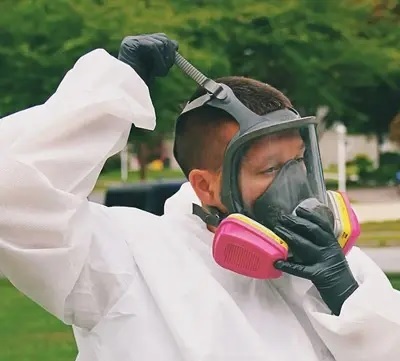Flood damage can overwhelm any property owner, but the right tools and equipment make the restoration process faster, safer, and more efficient. Professional teams like Ideal Response rely on advanced machines and proven technology to deliver effective flood repair Winnipeg services. Each piece of equipment plays a specific role—from extracting water to preventing mold and restoring the affected environment. Understanding what equipment is used during the flood repair process helps you appreciate the precision and expertise behind professional restoration work.
1. High-Powered Water Extractors
The first priority in any flood repair project is removing standing water. Professionals use commercial-grade water extractors to pull water out of carpets, flooring, and other porous surfaces. These machines work far more efficiently than household wet vacuums. Ideal Response uses both portable and truck-mounted extractors so technicians can handle everything from minor leaks to large-scale flooding. Quick extraction prevents structural damage and reduces the risk of secondary issues like mold growth.

2. Industrial-Strength Dehumidifiers
Once the standing water is removed, excess moisture still lingers in the air and inside building materials. This is where industrial dehumidifiers become essential. These powerful units pull water vapor from the environment at a rapid rate, helping return humidity levels to normal. In flood repair Oshawa, controlling humidity is critical because moist conditions accelerate mold growth and further weaken structures. Ideal Response deploys large desiccant and refrigerant dehumidifiers depending on the scale and environment of the project.
3. High-Velocity Air Movers
Air movers or air blowers help promote faster drying by pushing moisture out of damp surfaces. Flooded walls, carpets, and subfloors need constant airflow to dry properly. Restoration teams strategically place multiple air movers to create cross-ventilation and speed up evaporation. These machines operate quietly but deliver incredibly high air pressure, making them a core part of the flood repair process. Ideal Response technicians use them alongside dehumidifiers to ensure the property dries uniformly.
4. Moisture Detection Tools
Even when surfaces look dry, hidden moisture can remain trapped inside walls, insulation, or flooring. Moisture detection tools help professionals find water that the eye cannot see. This equipment includes thermal imaging cameras, moisture meters, and hygrometers. These precise tools ensure no wet area goes unnoticed during flood repair. Ideal Response relies on them to confirm drying progress and prevent future issues like mold or structural weakening.

5. HEPA Air Scrubbers
Floodwaters often introduce contaminants, bacteria, and airborne particles into a property. HEPA air scrubbers clean the indoor air by trapping microscopic pollutants and restoring air quality. These machines are especially important during flood repair in basements, crawl spaces, or areas with poor ventilation. Ideal Response uses HEPA filtration units to eliminate odors, bacteria, and chemical residues, ensuring a healthier environment for occupants.
6. Disinfectants and Application Sprayers
After the water and moisture are controlled, sanitization becomes the next major step. Floodwater can contain sewage, chemicals, and other harmful substances. Technicians use hospital-grade disinfectants along with foggers or sprayers to sanitize affected surfaces. Ideal Response applies eco-friendly but highly effective products to ensure every inch of the property is safe for re-entry.
7. Specialized Cleaning Tools
Depending on the extent of damage, teams may use pressure washers, steam cleaners, decontamination tools, or abrasive cleaning systems. These tools remove debris, dirt, and residues that floodwater leaves behind. They also help restore surfaces that might otherwise require replacement.
In Conclusion
The flood repair process demands advanced equipment, technical expertise, and a systematic approach. Ideal Response uses state-of-the-art tools—from water extractors and dehumidifiers to thermal imaging and HEPA scrubbing—to restore properties quickly and safely. With the right equipment and a professional team, any property can recover from flood damage efficiently and effectively.





Comments